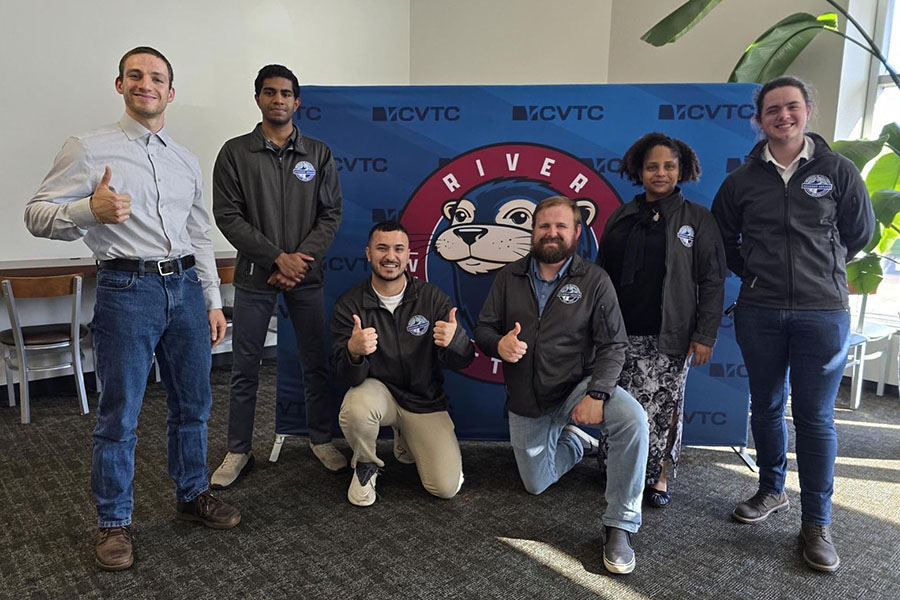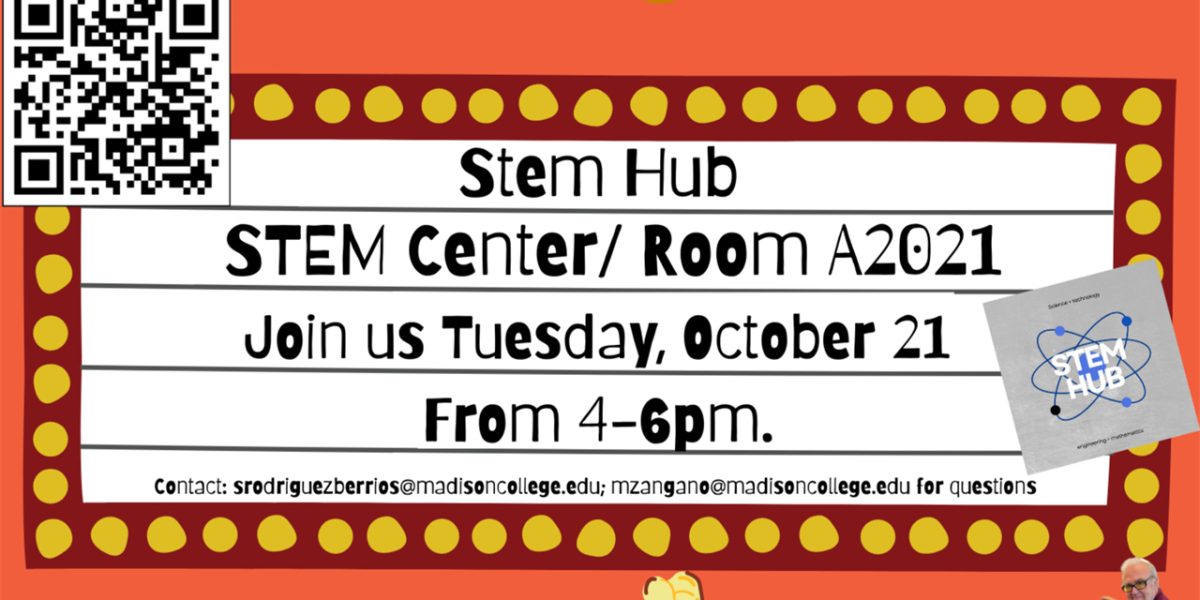“Pandora’s Star,” the first installment in an expansive duology by Peter F. Hamilton, will force readers to take notice.
The Intersolar Commonwealth is a near perfect society that thrives due to a system of wormholes. While wormholes are very expensive and necessarily limited, they allow for easy transportation between various stars. Rejuvenation procedures allow individuals to live for centuries beyond normal human life spans. Even death can be circumvented, so long as an individual has their memories saved. The memories are transplanted into an identical clone, and that clone continues to live out the person’s life. Most planetary governments have very strict clean-air laws that allow their worlds to remain pristine.
But this near perfect society will soon be disrupted by an unnerving discovery from little-known astronomer Dudley Bose when he observes one of the Dyson Pair stars disappear. Ex-NASA pilot Wilson Kime is commissioned to pilot the Second Chance, a Faster than Light (FTL) ship to explore the event. In the discovery, Kime unwittingly unleashes a destructive force upon the Commonwealth.
While Kime makes his discovery, Ozzie, one of the founders of the Commonwealth, seeks to find the homeworld where the Silfen, quirky elf-like allies to the human race, mature. Once there he will seek the aid of the creatures there. While walking the paths between worlds, Ozzie finds out that many things may not be what they seem.
Meanwhile intractable Chief Investigator Paula Myo is hot on the trail of terrorist Adam Elvin. Her hunt for Elvin leads her closer to the Guardians of Selfhood, which he collaborates with, and Bradley Johansson, the Guardians’ leader. But as she gets closer to Elvin and to Johansson, she discovers that Johansson is not a crazy charismatic. Moreover, the threat to the Commonwealth the Guardians prophesied is real.
Mark is an ordinary man, trying to raise an ordinary family. But Mark isn’t satisfied with his life. While believing he has escaped it all at last and can settle down, Mark gets drawn into an ever-widening spiral of events.
All the while a force captive for millennia begins to besiege the Commonwealth.
Hamilton writes in a style akin to Kevin J Anderson’s “Saga of Seven Suns.” The world created is so complex. Hamilton succeeds in weaving an inter-related but incredibly complex layered story. This is not to say other authors in speculative fiction do not do this as well. However, Hamilton makes the layers easy for readers to follow.
Yet Hamilton makes each of the characters memorable, rounded and interesting. This is no small feat considering the cast size. Readers could see each character walking down the street. More importantly, readers are allowed to care about the protagonists.
“Pandora’s Star” goes back to the roots of the genre. Science permeates the Commonwealth. The limitations of the technologies used are entirely conceivable and these by themselves create a sense of dynamic conflict within the seemingly idyllic Commonwealth universe.
Any good writer succeeds because they craft good antagonists. In this case Hamilton exceeds expectations. The Primes are terrifying with their super logic. While this normally would make them less defined, it only justifies just how impossible it is for the two civilizations to coexist. Even the mysterious killer who prowls throughout the book is intriguing. His sophisticated experience with technology makes him just as frightening as the Primes.
While mainstream readers may enjoy this book, it is clear Hamilton wrote “Pandora’s Star” with a specific audience in mind. The book is also long (nearly 1000 pages) and thus is not for those looking for a quick read. But overall if you are looking for a complex, moving story then “Pandora’s Star” will not disappoint.



























